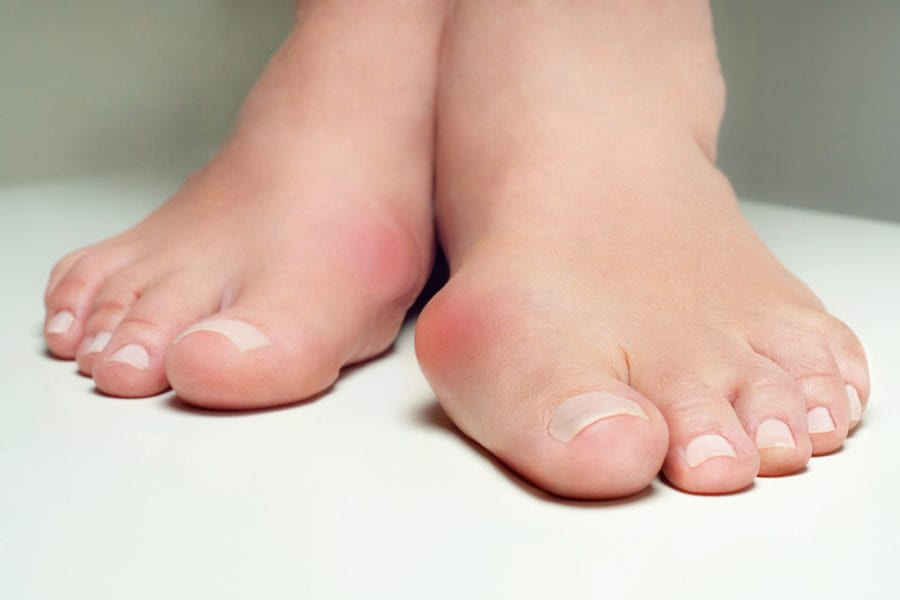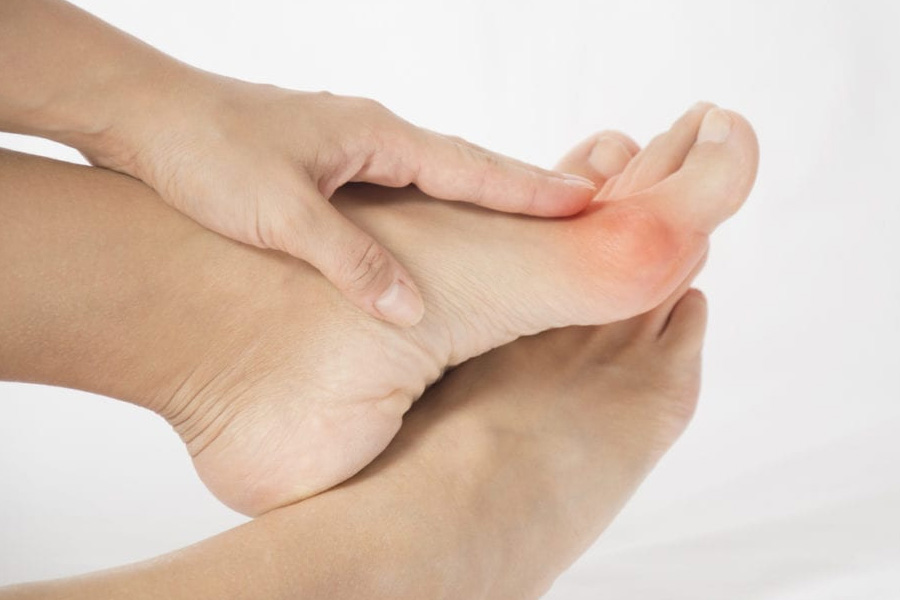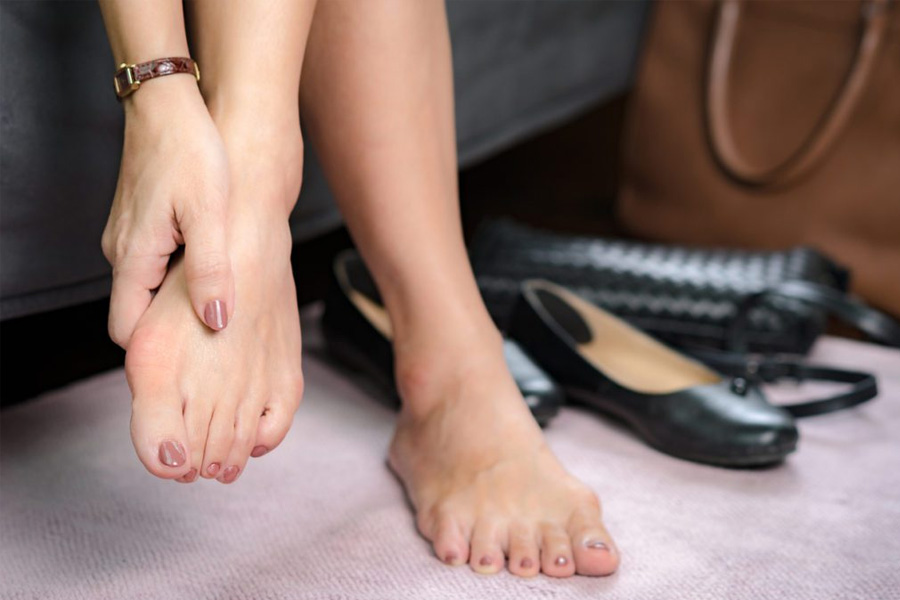A bunion is a bony bump that develops around the joint at the base of the big toe. It can be an uncomfortable condition that causes inflammation, pain, and redness. It usually worsens over time. Bunion surgery may be necessary to correct the deformity and to reduce pain when other treatments have been unsuccessful.
A bunion occurs when bones in the front part of the foot move out of place, causing the tip of the big toe to get pulled toward the other toes and the joint at the base of the big toe to stick out. Smaller bunions can develop on other joints, such as along the side of the little toe, but these are less common.
There are a number of factors that can cause or increase the chances of developing bunions including hereditary factors, wearing tight or narrow shoes or high heels, a foot deformity, or a medical condition such as arthritis or polio.
Not all bunions require medical treatment, but if they are causing pain, reduced movement, or difficulty finding properly fitting shoes, you should visit a foot specialist for treatment. Surgery may be recommended when conservative treatments such as padding, ice, orthotics, and medication no longer relieve symptoms and when bunions cause frequent pain or interfere with day-to-day activities.
Bunion Surgery
There are a number of different surgical techniques used in bunion surgery that may be carried out as a single procedure or in combination, depending on the patient’s needs. Surgery may involve removing swollen tissue around the affected toe joint, removing part of the bone to straighten the big toe, realigning the bones to restore or correct bone position and allow pain-free movement and function, or permanently join the bones in the affected joint. The severity and cause of your condition will determine the most appropriate surgical technique.
Bunion surgery is usually carried out as an outpatient procedure. It requires ankle-block anesthesia or general anesthesia to ensure no pain is felt during the procedure. Realigned bones may need to be held in position with wires, screws, and plates.
Recovering from Surgery
The length of recovery can vary depending on the type of surgery carried out, but on average, it can take anywhere from several weeks up to six months. It may, however, take as much as a year for the foot to completely heal. The majority of people have good outcomes following bunion surgery.
Following surgery, stitches must be kept dry until removed, which is usually about two weeks after the procedure. Pain relief may be required initially, and the foot should be kept elevated to reduce swelling. A cast, splint, or orthopedic shoe may be necessary for a number of weeks to keep the bones in place and to protect the foot while it heals. Assistive devices such as crutches, a walker, or a cane may also be required temporarily as you gradually increase the amount of weight you put on your foot. Depending on the extent of your procedure, you may need to avoid putting weight on your foot for one to two months while the toe heals. After this time, normal activities can often be resumed. Physical therapy can help to restore strength and motion following surgery.
Depending on your type of work, you may need to take between 6 and 12 weeks off, especially if your job requires a lot of standing, walking, lifting, or carrying.
Preventing Recurrence of Bunions
In order to prevent bunions from recurring or getting worse, properly fitted shoes should be worn, and narrower shoes should be avoided. It is beneficial to wear comfortable, wide, and low-heeled shoes to reduce pressure on the feet.
Treatment for Bunions in Cincinnati
If you suffer from bunions, speak to the highly skilled foot surgeons at Cincinnati Foot & Ankle Care for the compassionate care you need. We offer a number of conservative and surgical treatments and use state-of-the-art technology to provide patients with the specific and personalized care they need for a wide variety of foot and ankle conditions.
To find out more about the comprehensive foot care services we provide, call us today at the location nearest you or complete our convenient online appointment request form.





